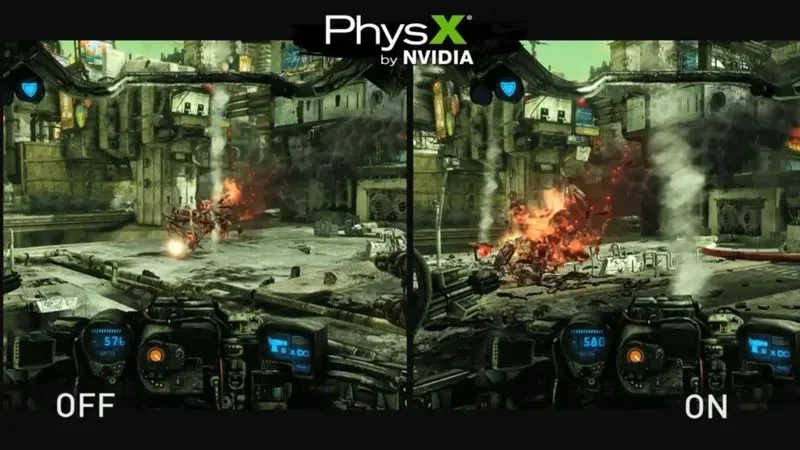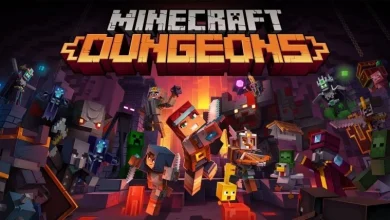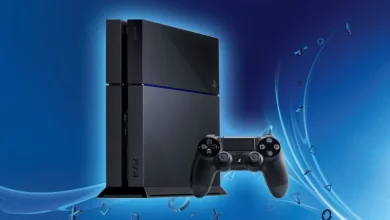NVIDIA RTX 50 Series Is Missing a Key Feature for Older Games
NVIDIA is ending support for PhysX, a popular physics engine, on its RTX 50 series graphics cards. This decision could particularly affect games released in the 2010s that rely on PhysX technology. This technology, which offers more realistic particle effects and physics simulations in older games, will no longer be supported by new cards.
Why Was NVIDIA PhysX Important?
PhysX attracted attention as a technology developed in the early 2000s to integrate physics simulations into games. With NVIDIA’s purchase of PhysX in 2008, this technology began to be run on graphics cards and was used extensively in games such as Batman: Arkham City, Borderlands 2, and Assassin’s Creed IV: Black Flag.
PhysX has enabled features such as particle effects, destructible environments, and dynamic fluid simulations in games. For example, in the Batman: Arkham series, details such as damaging walls, wind-blown papers, and smoke effects came to life with the contribution of PhysX. However, with the RTX 50 series, 32-bit applications that support this technology will no longer be able to run.
This decision by NVIDIA may lead to a noticeable performance decrease in older games. Since there is no PhysX support on RTX 50 series cards, these tasks will be transferred from the GPU to the CPU, which may cause a decrease in frame rate in games. For example, it is stated that performance problems may occur when PhysX is enabled in games such as Borderlands 2.
The removal of PhysX also poses a problem in terms of game preservation and accessibility of older games. As new hardware is switched to, the original experience of games running on such old technologies may not be preserved. NVIDIA has also announced that 32-bit applications can no longer be developed and debugged on the CUDA platform on 50 series cards.





